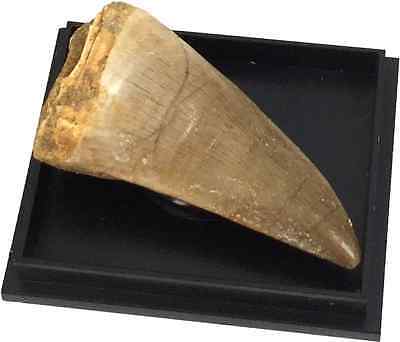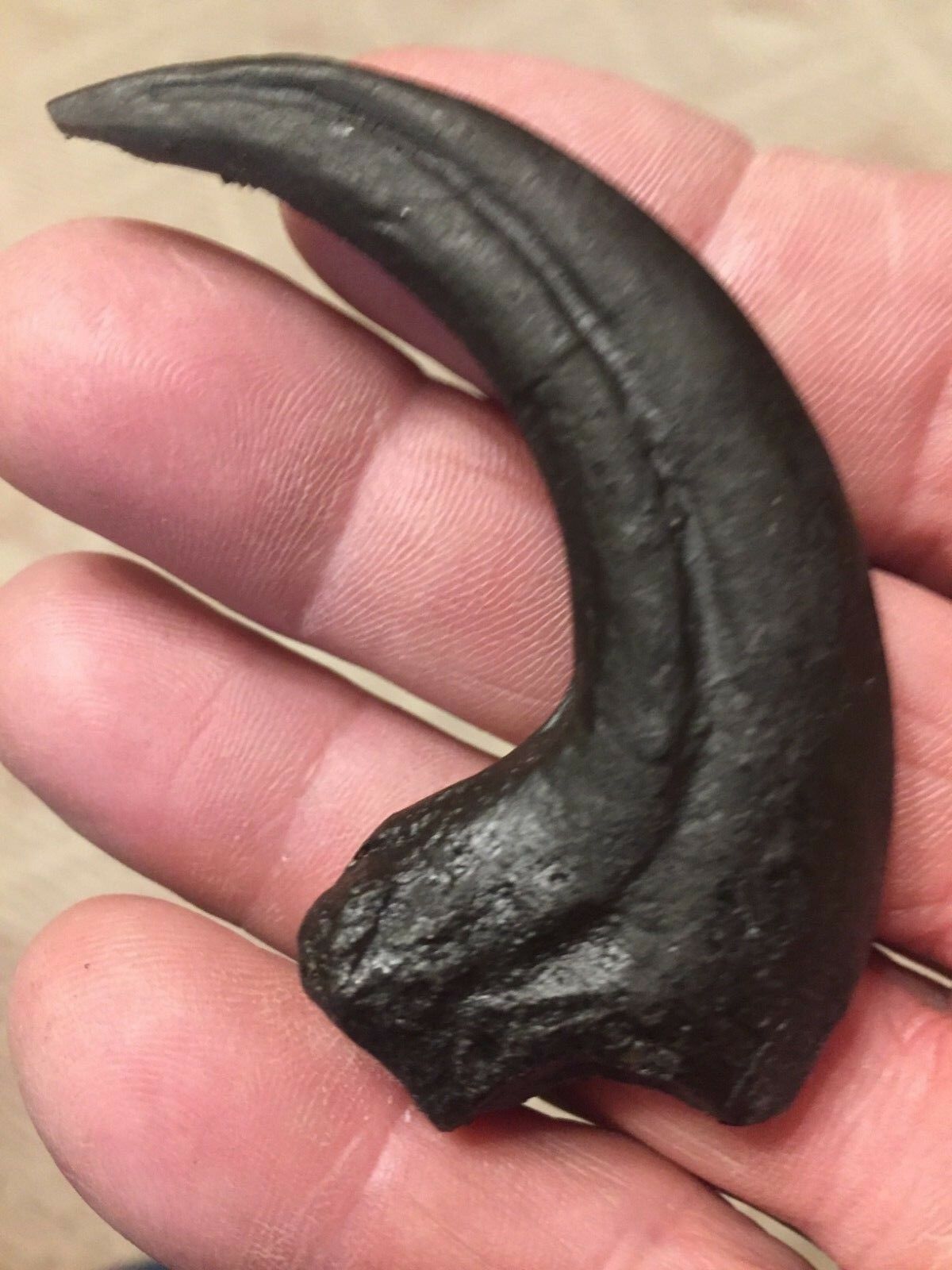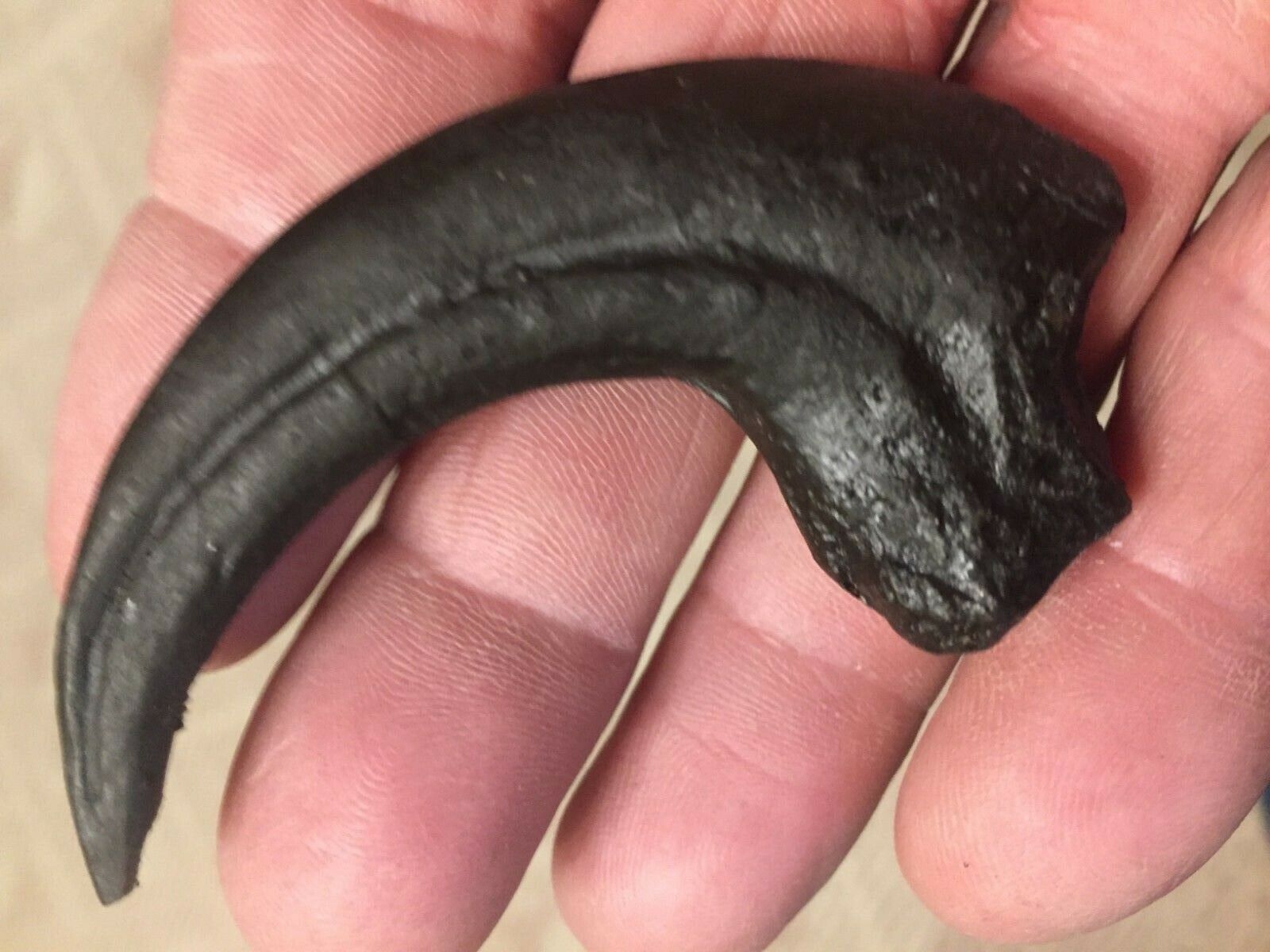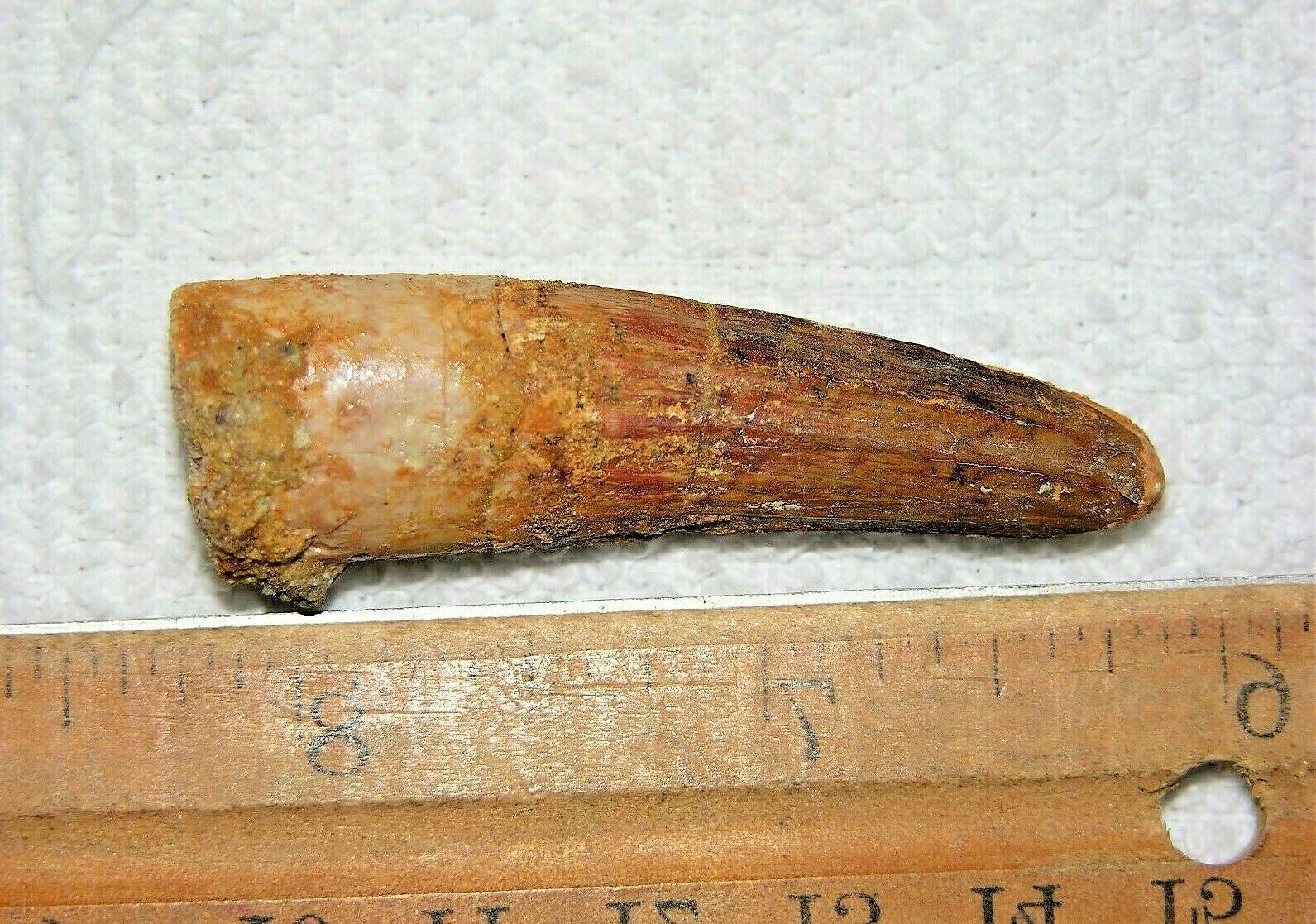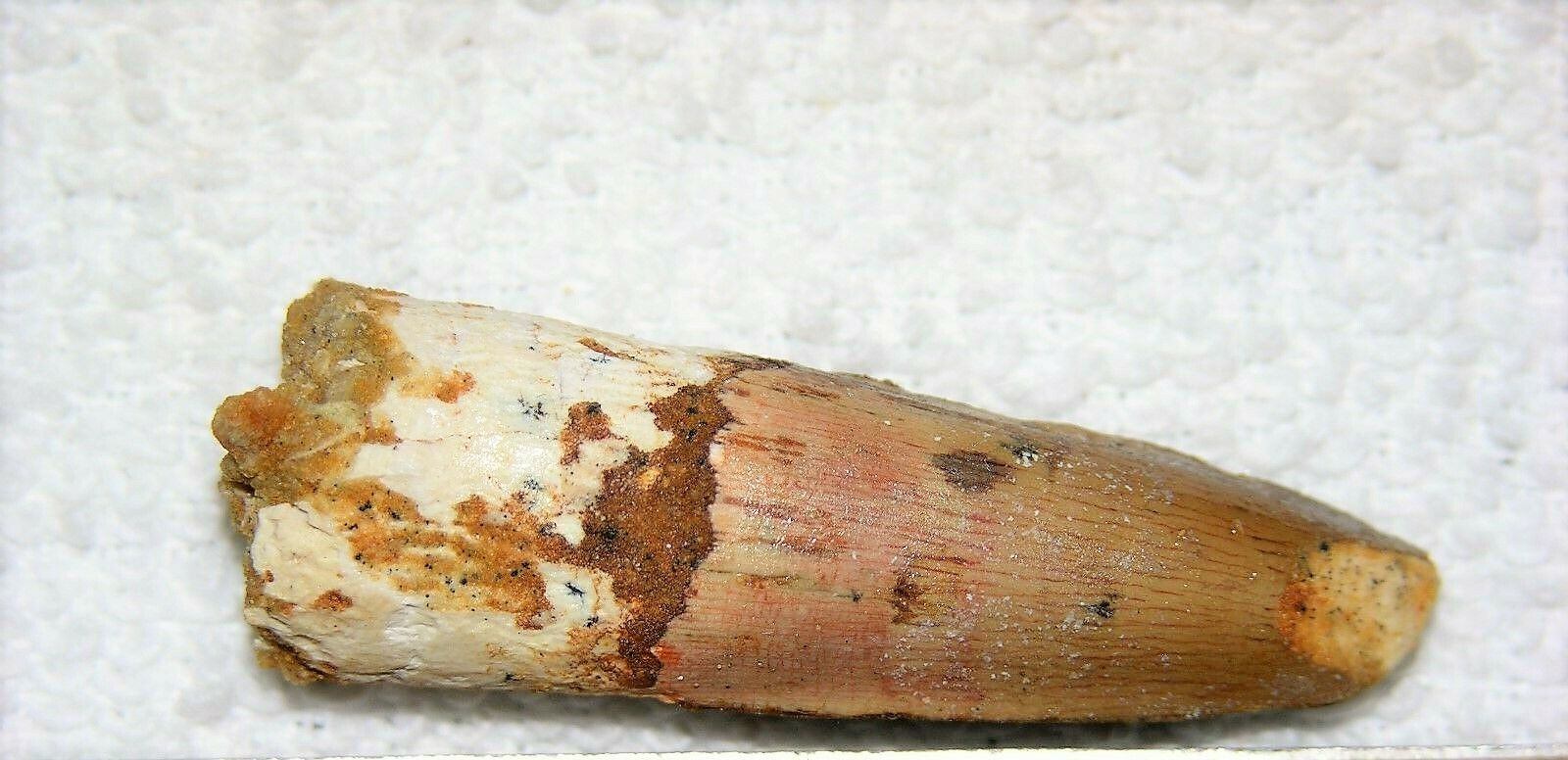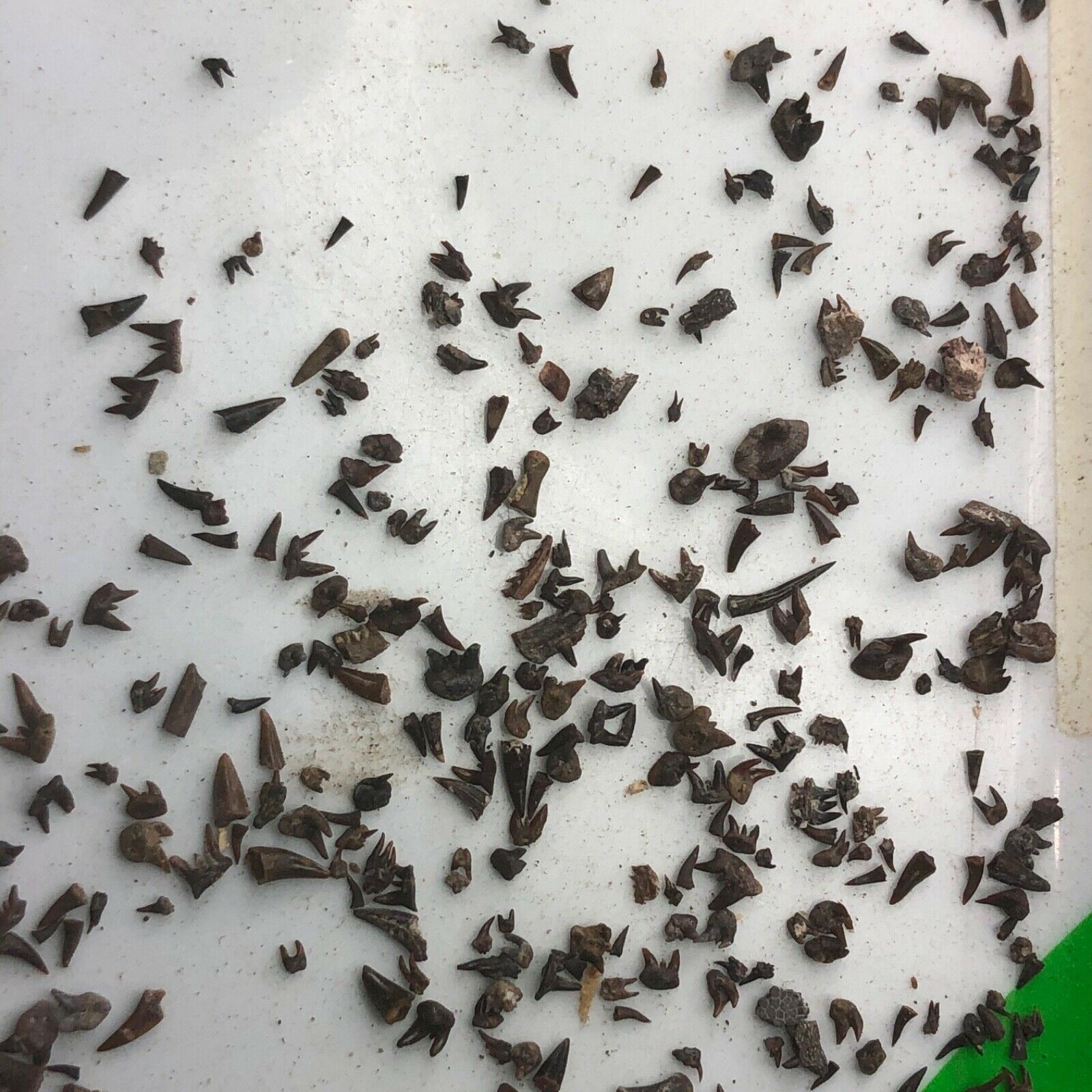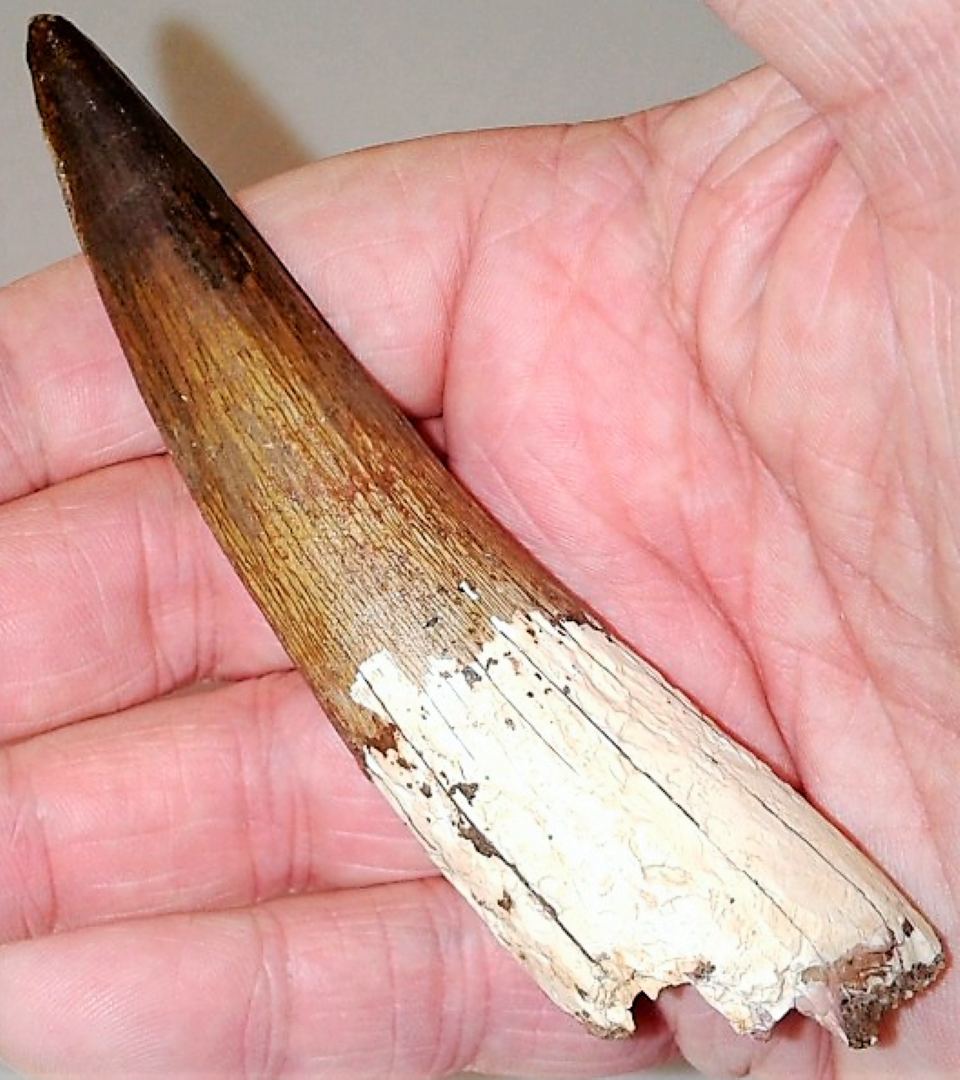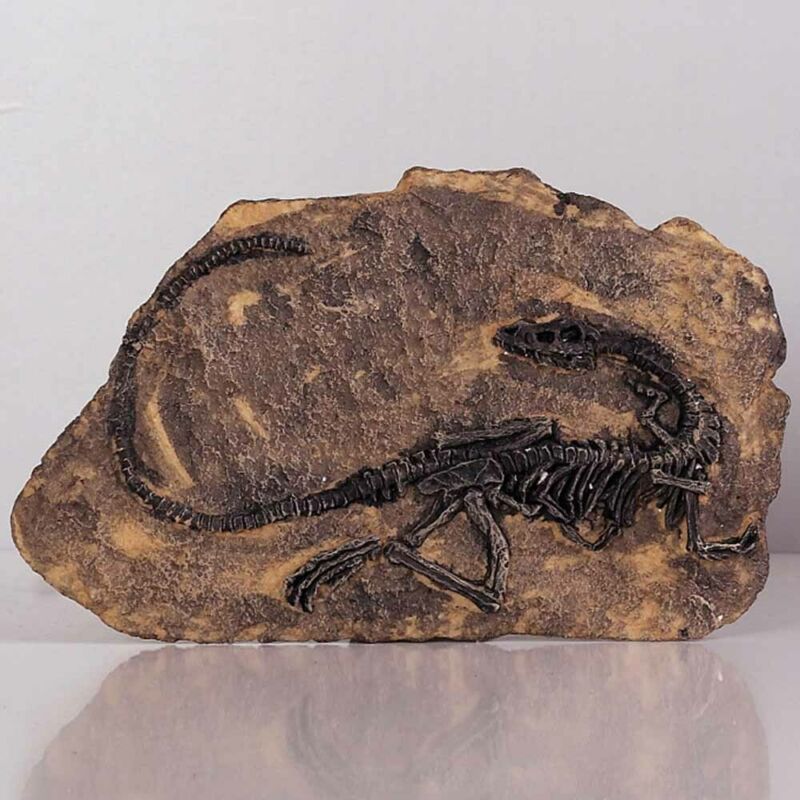-40%
RARE X-LG HAINOSAURUS TYLOSAURID DINOSAUR TOOTH JURASSIC WORLD PARK 70 MILL YRS!
$ 31.65
- Description
- Size Guide
Description
THESE OFTEN LOOK LIKE A MOSASAUR TOOTH AT FIRST GLANCE BUT HAVE SUBTLE DIFFERENCES. THEY WILL OFTEN HAVE WHAT IS CALLED "PANEL" CARINATION, THEY ARE THE SMALL FLAT AREAS THAT RUN UP AND DOWN THE SIDES OF THE TOOTH. ALSO I TRIED TO SHOW IN DIFFERENT PICTURES ONE MARKER THAT ALWAYS STANDS OUT. IF YOU LOOK DOWN ON THE TOOTH, IT WILL HAVE THE CARINATED EDGES, THE TWO LARGE ONES THAT MOSASAUR AND MOST OTHER DINO TEETH HAVE, IN AN ASYMMETRICAL CONFIGURATION. 2/3rds OF THE TOOTH ON ONE SIDE AND A 1/3 OF THE TOOTH SURFACE ON THE OTHER SIDE. MOST OTHER DINO'S IT'S ALWAYS 50/50. THE CARINATED EDGES ARE OFTEN MICRO-SERRATED ON LIKE T-REX'S AND MANY OTHER DINO'S. CARINATION WORKED TO RIP FLESH WITH HEAVY HEAD SHAKING AND TWIRLING LIKE MODERN DAY ALLIGATORS AND CROCS OFTEN DO. KNOWN AS THE "DEATH ROLL". IT IS ABOUT 2 AND 3/4 INCHES TALL(70MM) AND 1 AND A 1/4 INCH ACROSS THE BOTTOM. IT HAS A REALLY NICE TIP, STILL SHARP AND NOT WORN. VERY FEW TINY PRESSURE CRACKS THAT ARE NOT AN ISSUE SINCE IT HAS BEEN PROFESSIONALLY TREATED WITH "RENAISSANCE WAX" USED ALL OVER THE WORLD BY MUSEUMS TO PRESERVE ANCIENT TEETH. IT HAS HAD SOME CRACKS REPAIRED AND TINY AREAS OF ENAMEL, HUGE TOOTH, NOW NICE AND STABLE. THEY DON'T GET MUCH BIGGER THAN THIS. COLOR IS EXCELLENT. IT IS AN OVER ALL "COLLECTOR" GRADE TOOTH ! PLEASE STUDY THE PICTURES CAREFULLY. ASK ANY QUESTIONS YOU MAY HAVE BEFORE YOU PURCHASE. I DO COMBINE SHIPPING IF YOU USE THE CART FEATURE. I WILL ALWAYS GIVE YOU THE BEST DEAL I CAN ON SHIPPING IN GENERAL. I HAVE A NO SMOKING AND NO PETS HOUSEHOLD. I HAVE INCLUDED SOME FACTS ON THIS TOOTH.Temporal range
: Late Cretaceous, 70.6-65.5Ma
Kingdom
: Animalia
Phylum
: Chordata
Class
: Sauropsida
Order
: Squamata
Family
: Mosasauridae
Subfamily
: Tylosaurinae
Genus
:
Hainosaurus
Dollo, 1885
Hainosaurus bernardi
Hainosaurus is an extinct genus of marine lizard belonging to the mosasaur family. It was one of the largest mosasaurs, though its size has been revised more than once. At first it was estimated to be 17 metres (56 ft), and the largest mosasaurid. During the 1990s, its size was revised to 15 metres (49 ft) long; more recently, Johan Lindgren estimated that it reached lengths of up to 12.2 metres (40 ft). It was one of the top marine predators of the Late Cretaceous. These animals may have preyed on turtles, mosasaurs, plesiosaurs, pterosaurs, cephalopods, sharks and fish. Hainosaurus was a member of the Tylosaurinae, and it was related to the wholly North American Tylosaurus. However, it had more vertebrae from the neck to the part of the tail with chevrons (53) than Tylosaurus (35). Both genera are large marine superpredators. Hainosaurus' tail has less chevron-bearing vertebrae, making it shorter than that of Tylosaurus. The only known and type species of Hainosaurus is H. bernardi, named after Belgian naturalist Leopold Bernard.
Hainosaurus
("Hain river
lizard
") is an
extinct
genus
of marine lizard belonging to the
mosasaur
family
. It was one of the largest mosasaurs, reaching lengths of up to 15 meters (49 ft) which made it a top predator of the
Late Cretaceous
. These animals may have preyed on turtles, mosasaurs,
plesiosaurs
,
pterosaurs
,
cephalopods
,
sharks
and
fish
.
A closely related genus,
Hainosaurus
("Haine lizard", named after the Haine River in Belgium) is known from the Creatceous of North America and Europe. Both
Tylosaurus
and
Hainosaurus
are grouped together into the subfamily Tylosaurinae and are referred to informally as "tylosaurines" or "tylosaurs." Bell placed the tylosaurines together with the plioplatecarpine mosasaurs (
Platecarpus
,
Plioplatecarpus
, etc.) in an informal monophyletic grouping which he called the "Russellosaurinae."












